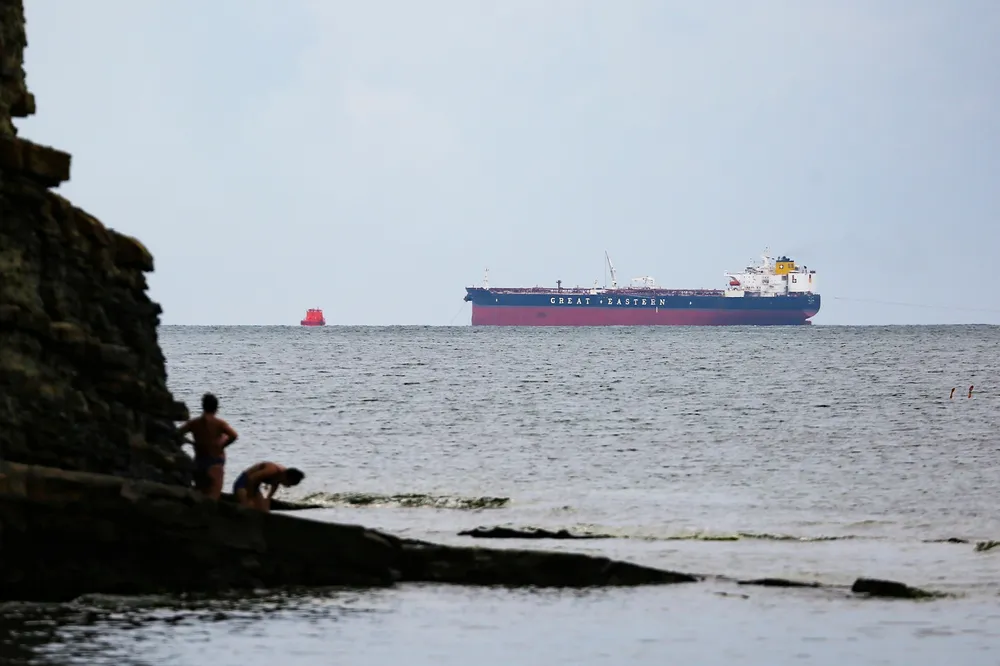EU targets Russia’s growing oil exports with new sanctions
Production remains resilient despite international efforts to limit the flow of hard currency revenues to Moscow

Production remains resilient despite international efforts to limit the flow of hard currency revenues to Moscow
